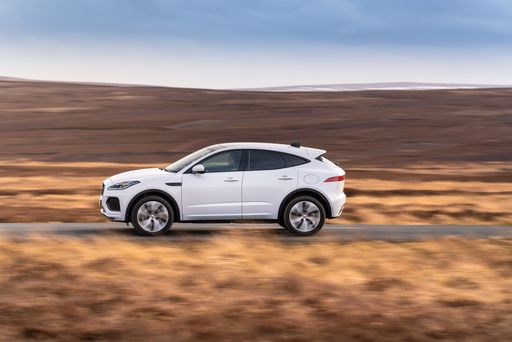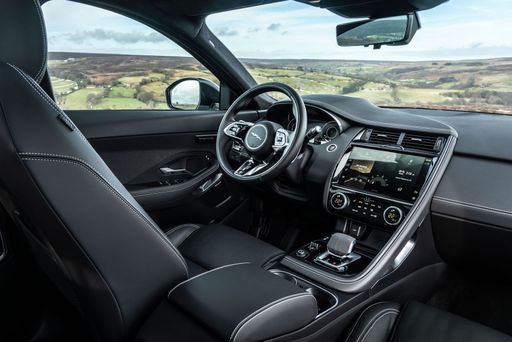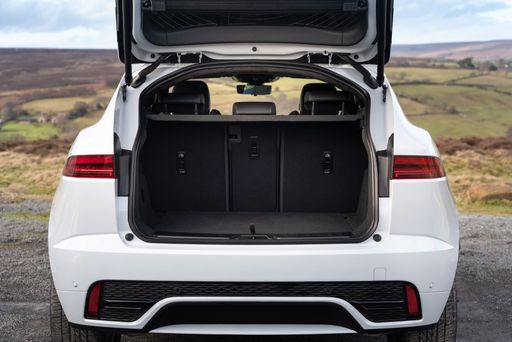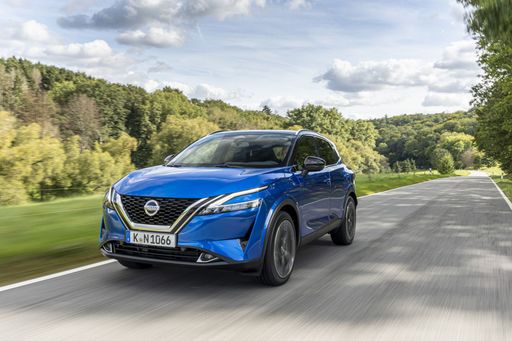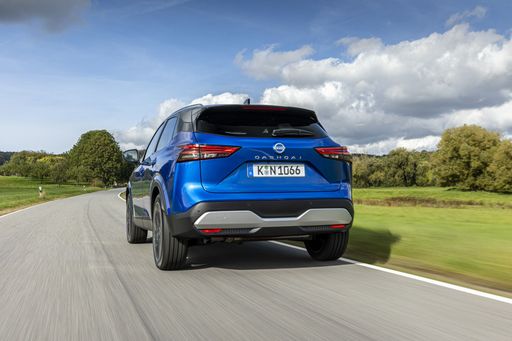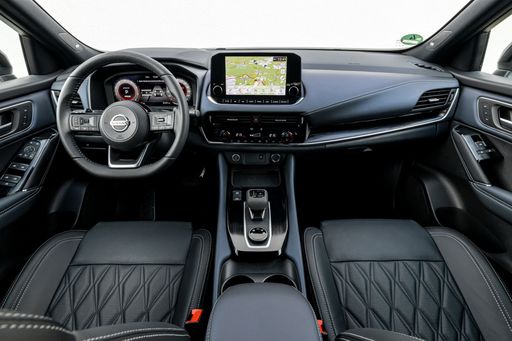Stylish Contenders in the Compact SUV Segment
When it comes to choosing a compact SUV, the Jaguar E-Pace and Nissan Qashqai stand out as two popular choices. Both vehicles offer a compelling blend of performance, comfort, and modern technology, but differ in their approach and design philosophy. This comparison delves into the technical specifications and innovative features that define these models.



